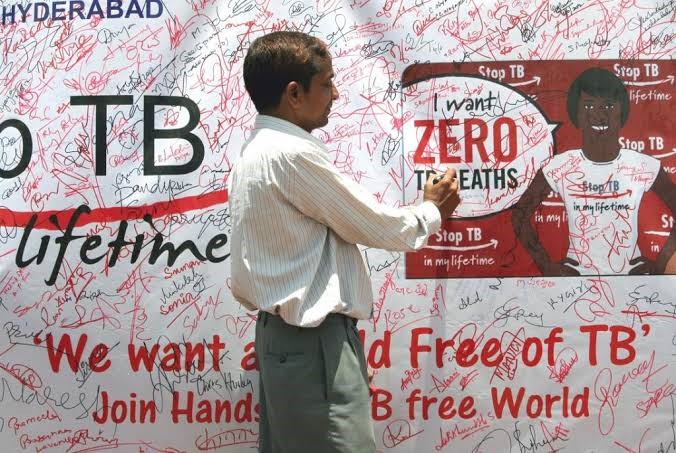Free Courses Sale ends Soon, Get It Now


Free Courses Sale ends Soon, Get It Now



Context: As per Lancet’s India research, Improved nutrition, early weight gain can cut TB cases, mortality.
About the study
Findings of the study
Importance of the finding
WHO and government’s initiatives
Prevalence of TB in India
Improvements in treatment protocols
Newer vaccines in the pipeline
Way ahead
|
PRACTICE QUESTION Q. “A good nutritional package is a way to tackle the TB challenge in India.” In the light of the above statements Discuss the prevalence of TB cases in India, initiatives taken by the government and Need of newer vaccines for controlling TB cases in India.( 250 words) |
© 2024 iasgyan. All right reserved